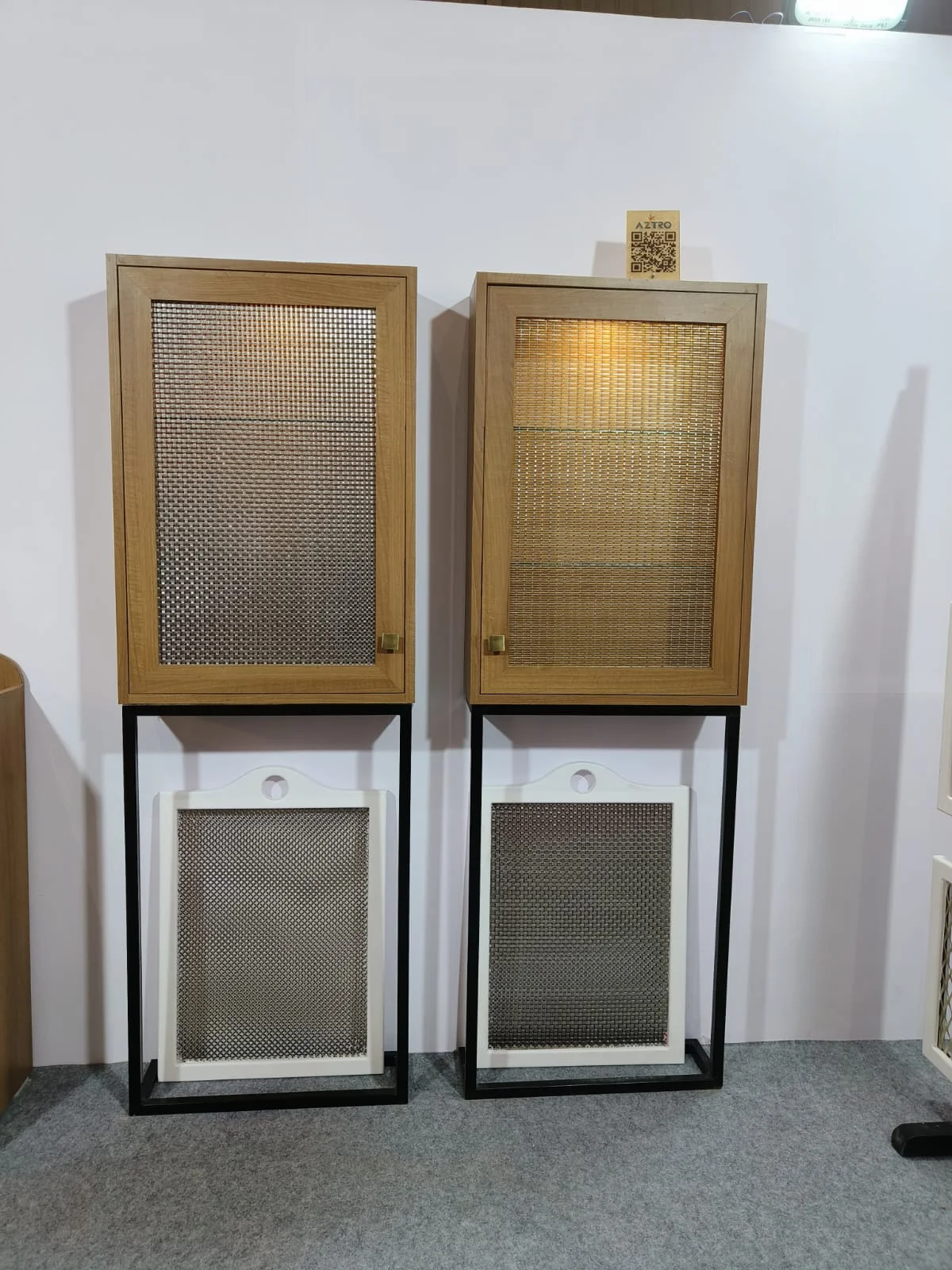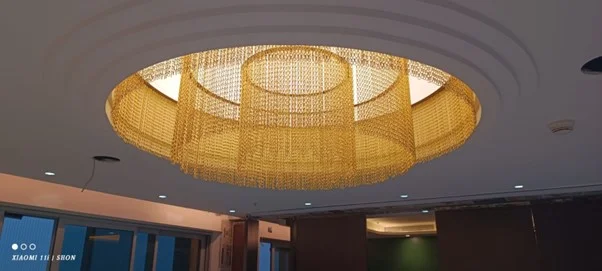In the world of architecture, design elements that balance both form and function are highly sought after. One such element that has gained significant popularity in recent years is decorative mesh. Offering a unique blend of aesthetics, practicality, and versatility, decorative mesh can enhance every space, from building exteriors to interior accents. Whether used to create privacy, add texture, or boost the overall ambiance of a space, this material has proven to be an essential tool in modern architectural design.
What Is Decorative Mesh?
Decorative mesh is a versatile material made from metal, plastic, or other woven or perforated materials. It comes in various patterns, textures, and finishes, allowing architects and designers to customize the appearance of a space. While it is traditionally used for functional purposes, such as security and ventilation, it has evolved into a decorative feature that can transform the aesthetic of both commercial and residential buildings.
1. Enhancing Building Exteriors
The exterior of a building serves as its first impression—one that can evoke a sense of style, innovation, and character. Decorative mesh is an excellent choice for creating stunning facades.
Modern Facades: Use decorative mesh as an outer layer to create a sleek, contemporary look. It allows light and air to pass through while offering visual intrigue with intricate patterns.
Shade and Privacy: Decorative mesh can also provide shade and privacy to outdoor spaces without blocking natural light. Mesh panels on balconies, terraces, or windows can offer a visually appealing solution for shielding spaces from the sun while maintaining ventilation.
Architectural Screens: For larger buildings or commercial spaces, decorative mesh can be used as a decorative screen to break up the building’s mass or to highlight specific sections. Mesh screens can be incorporated around entrances, windows, or outdoor seating areas, offering both privacy and style.
2. Interior Design Accents
Beyond its use in building exteriors, decorative mesh can be incorporated inside the building for a range of design purposes. It adds texture, dimension, and an industrial touch to modern interiors.
Partitions and Dividers: Create flexible, semi-private spaces within open-plan rooms using decorative mesh partitions. This is ideal for offices, living rooms, and even bedrooms where you want to delineate spaces without entirely closing them off. The lightness and transparency of mesh prevent the room from feeling cramped while maintaining separation.
Wall Panels: Decorative mesh wall panels can add an industrial yet refined look to living spaces. Used as a feature wall behind the bed or sofa, it can give the room a contemporary, high-tech vibe. Consider backlighting mesh panels for added drama and visual impact.
Ceiling Features: Decorative mesh isn’t just for walls and partitions—it can also be used on ceilings. Whether used to hide unsightly wires, ducts, or create artistic ceiling installations, mesh brings texture and interest overhead. It’s also a smart choice in high-ceiling spaces, where large-scale decorative elements are often needed.
3. Functional and Artistic Lighting
Lighting is one of the most effective ways to elevate a space, and when paired with decorative mesh, it becomes both functional and visually striking.
Mesh Light Fixtures: Use metal or perforated mesh to create custom light fixtures that serve as both a source of illumination and a design feature. A pendant light made from decorative mesh will cast dramatic shadows and textures on walls, creating a sophisticated, modern atmosphere.
Backlit Mesh Walls: For a more dramatic effect, consider backlighting mesh panels to create captivating, glowing walls. This technique works especially well in public spaces like lobbies or galleries where you want to draw attention and create a focal point.
4. Architectural Details with Mesh
Decorative mesh isn’t just about large, prominent elements; it can also enhance smaller architectural details that add to the overall ambiance of a space.
Window Treatments: Instead of traditional curtains or blinds, use decorative mesh as window treatments. It can add an element of texture while still providing a degree of privacy and light filtering. Mesh also allows for creative patterns and designs, which can be customized to suit the interior decor.
Railings and Staircases: Metal mesh can be used for stair railings or balcony railings, offering a sleek and industrial aesthetic. The open weave of the mesh creates a sense of lightness while still offering a durable and safe barrier.
Furniture Accents: Decorative mesh can be used to create unique pieces of furniture. From accent tables to chairs, integrating mesh into the design adds a modern, minimalist touch to any room.
5. Sustainability in Design
One of the significant benefits of using decorative mesh in architecture is its sustainability. Many decorative meshes are made from recycled or recyclable materials, offering an eco-friendly solution for modern design. The durability of mesh also means it can withstand the elements in both exterior and interior applications, reducing the need for frequent replacements. Furthermore, mesh is often used in energy-efficient designs, as it can help regulate temperature and reduce the need for artificial lighting and heating in certain spaces.
6. Bringing a Touch of Industrial Chic
The beauty of decorative mesh lies in its ability to blend with various styles. One of its most popular design applications is within the industrial style, where raw materials like steel, concrete, and exposed beams are celebrated. Decorative mesh enhances this aesthetic by adding a sleek, geometric element that complements the rugged and utilitarian feel of industrial interiors.
Mesh can also be paired with natural elements like wood to create a more balanced look, merging the industrial with warmth and softness.
Conclusion
Decorative mesh is a versatile, functional, and visually compelling material that can elevate architectural design in countless ways. From enhancing building exteriors to creating innovative interior accents, mesh offers a unique way to add texture, depth, and interest to a wide variety of spaces. Whether you’re designing a modern commercial building or updating your home’s interior, decorative mesh provides endless possibilities to create dynamic and stylish environments.
By incorporating this material into your design, you’re not just embracing a modern aesthetic, but also enhancing functionality, sustainability, and adaptability in your architectural projects. So why not explore the creative potential of decorative mesh and see how it can transform your space into something extraordinary?


